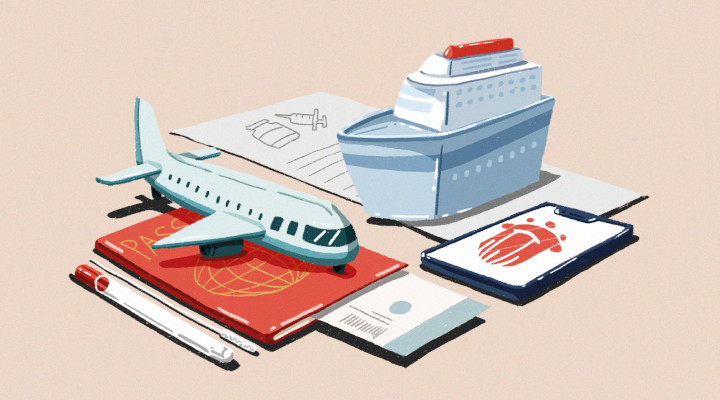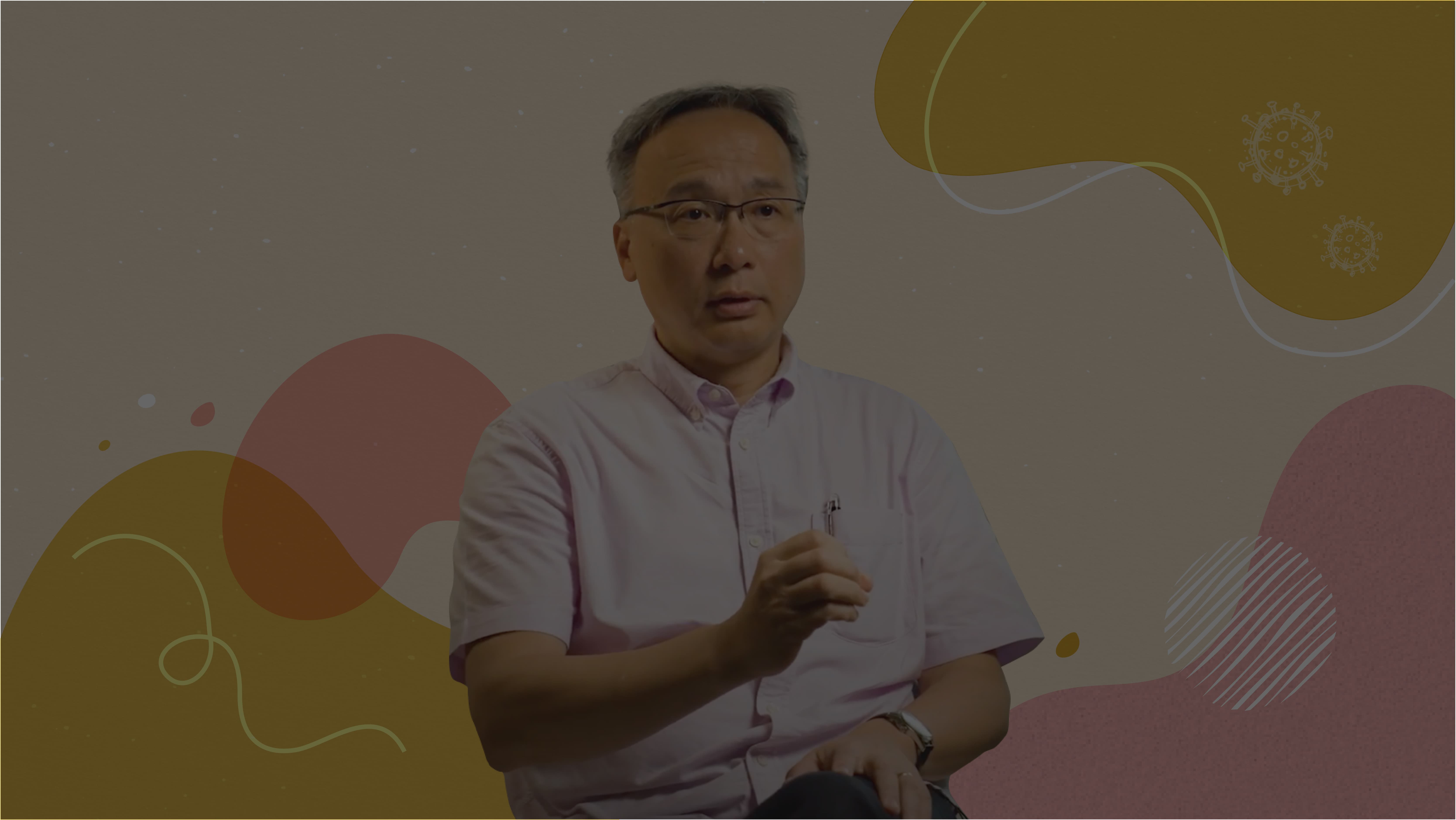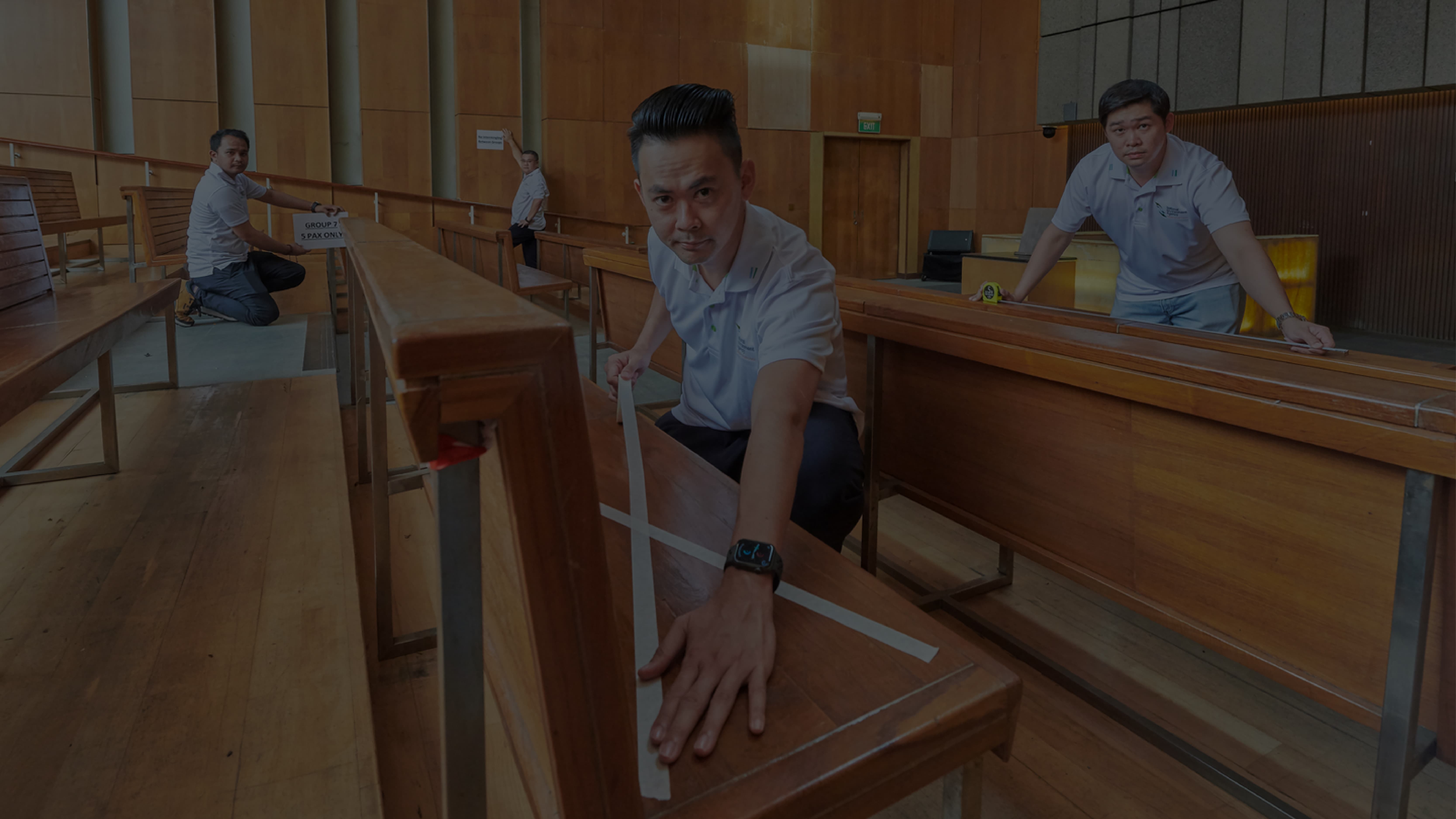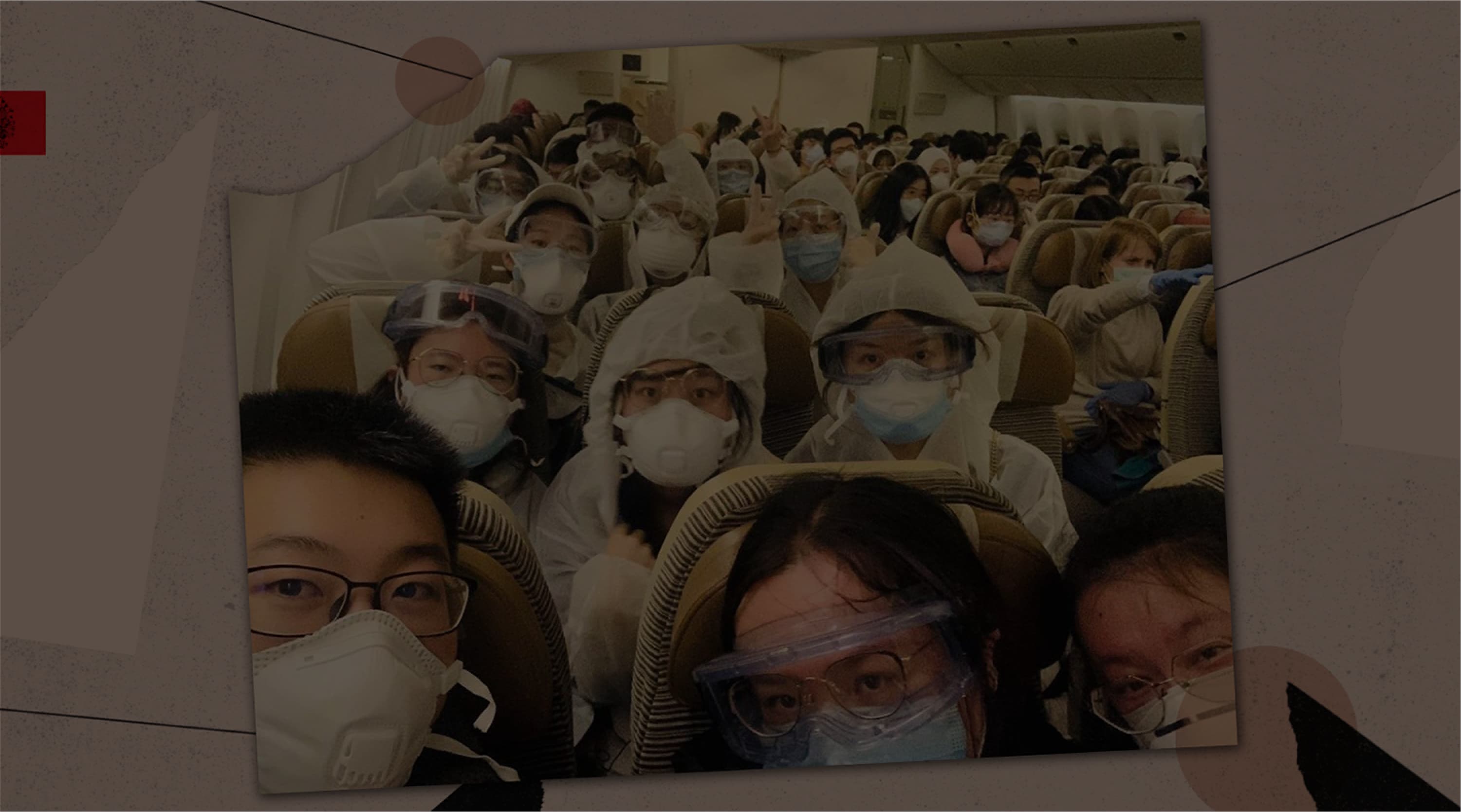The Journey From Secure Borders To Safe Travels

The closure of Singapore’s borders on March 23, 2020 – on the back of the nation’s first two COVID-19-related deaths and rising imported cases – came as a blow to many in the tourism and travel sector. For the Immigration and Checkpoints Authority (ICA), it set in motion a whole new paradigm of work, expanding its core purview of safeguarding against border security threats to mitigating virus importation.
Brand new border health control checks were incorporated into the immigration processes: from processing travellers’ applications for entry approval, conducting checks on their approval letters of entry, health declarations, pre-departure COVID-19 tests, and vaccination certificates to issuing of Stay-Home Notices to travellers and monitoring their compliance, including investigating and prosecuting breaches.
And even as these protocols were put in place, nothing stayed the same for long. As pandemic circumstances ebbed and flowed, the ICA kept pace with the current of change, translating directives from the Ministry of Health (MOH), Multi-Ministry Taskforce and Homeland Crisis Executive Group into updated operational procedures and public information on the ICA website accurately and promptly – often within two weeks upon policy approval.
This entailed making numerous enhancements to ICA’s systems and ensuring that frontline officers were briefed adequately on the new procedures so that they could carry them out according to the prevailing protocols and address public enquiries. This was crucial to preventing any potential infiltration of the virus past Singapore’s borders.
Amid the evolving nature of the pandemic, the ICA remained committed to the twin priorities of facilitating essential movement while lowering the risk of imported cases. For example, to squash fear of possible disruption of critical supply chains, the ICA collaborated with various government agencies to develop “bubble-wrapped” checkpoint clearance to facilitate the vaccination exercise for Malaysian Truck Drivers delivering essential goods to Singapore.
At all checkpoints, ICA officers worked tirelessly with the added challenge of having to don varying levels of personal protection equipment when clearing travellers. Some ICA officers even placed their health at risk by volunteering to clear travellers from high-risk countries.
Rethinking the Way We Cruise
ICA’s work also extended to collaborations with other government agencies in safe travel initiatives. One of these was to support cruises as an alternative travel option, an initiative led by the Singapore Tourism Board (STB).
In November 2020, Singapore became one of the first ports in the world to resume cruises, backed by the world’s first CruiseSafe Certification, an independent endorsement and quality mark of rigorous onboard safety and hygiene.
Many other firsts came out of this project: extensive pre- and post-cruise testing as part of terminal operations, new technologies to track compliance with safe management measures, and comprehensive COVID-19 case simulations and tabletop discussion exercises involving more than 100 government and industry stakeholders.
The whole-of-government effort drew praise from the international cruise community and Singapore became the global proof of concept for cruise restarts around the world.
As of July 1, 2022, over half a million passengers have sailed on more than 360 “cruise to nowhere” sailings from Singapore, and port calls to Southeast Asia have successfully resumed, helping our nation to maintain its leading position as Asia’s cruise hub and providing a lifeline to various local businesses in the cruise industry.
Arriving at a New Normal of Travel
And even as efforts to resume cruising restarted, a concerted initiative made headways in restoring safe air travel.
To achieve this, the Civil Aviation Authority of Singapore (CAAS) worked across government agencies – spanning the MOH, ICA, STB, Ministry of Manpower, Ministry of Education, Ministry of Trade and Industry, Ministry of Foreign Affairs, Smart Nation and Digital Government Office and Government Technology Agency, as well as with the airlines, ground handling companies and airport operator – to develop new travel schemes and protocols.
One of these was to implement Vaccinated Travel Lanes (VTLs), a way to take a risk-managed, step-by-step approach to balance opening up, safeguarding lives and livelihoods, and instilling public confidence.
The VTLs did not only restart air travel. They helped reunite families and facilitate the delivery of essential supplies like food and COVID-19 vaccines. Together with other initiatives such as the Air Travel Pass Scheme, the VTLs laid the foundation for Singapore to reclaim and rebuild our position as a premier air hub.
These endeavours did not just bolster the economy, raise morale and protect public health, but they also showcased Singapore’s resilience and adaptability.
Ms Alicia Low, Head (Airport Operations & Facilitation), CAAS, says: “COVID-19 set countries and public services around the world the same exam question. We worked together to give the Singapore answer and the Singapore answer has – to a large extent – been defined by our ability to work together.”
- POSTED ON
Jul 6, 2022
- TEXT BY
Sheralyn Tay
- ILLUSTRATION BY
Hong Myungjin







